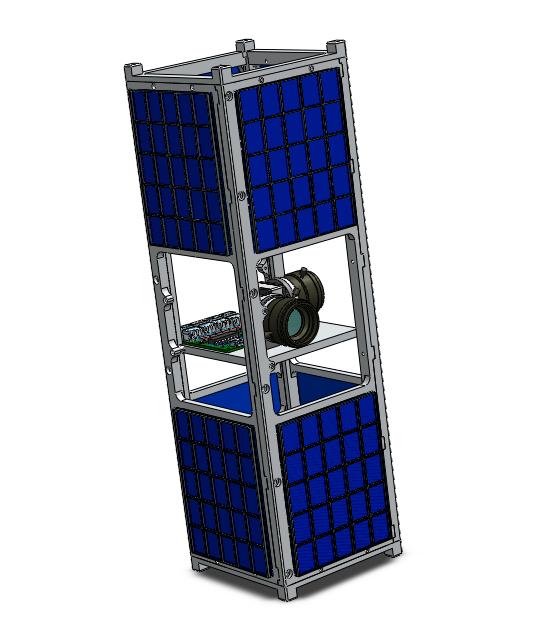
|
SUPPORT SITE |
|
PSS is developing optical systems for satellite communications and navigation. We can bring our expertise to you.
Our personnel have experience in low coherence interferometry, fiber optic sensors, vacuum tube and solid state detector technology, semiconductor laser design, photonics devices such as arrayed waveguide gratings and electro-optic modulators. We can boast successful product development experiences in diverse fields including space-based imaging and spectroscopy, optical gyroscopes, oil well logging, photonics for radar, fiber-based medical devices, and even fiber-based commercial lighting.
For details concerning the PSS Optical Navigation System, see the section on Deep Space Navigation.
Below is a schematic outline of ICONS™, our Integrated Communication and Navigation System currently under development, which leverages shared optical hardware in an innovative way to provide multiple functionalities while minimizing the allotment of scarce weight and volume resources. One optical system provides the hardware to implement optical navigation (described here and digital optical communication. Communication links are feasible from space probes in distant parts of the solar system (and beyond) to transceivers in Earth orbit. With additional modifications, the same laser that provides a communication channel can also be used in a lidar device for the determination range and range-rate to other objects.
The photo below displays a lab breadboard of some of the optical components of an ICONS™ system. This early version shows an optical navigation camera similar to one PSS has developed as part of our Optical Navigation System (ONS™) which was developed under a NASA Phase I/II SBIR, and which is modified for use in ICONS™. Also displayed is an operating laser communication system (note the data word on the oscilloscope).
PSS is developing a second, smaller version of ICONS™ intended for use in a CubeSat. The CubeSat version does away with the articulated telescopes, replacing them with smaller, fixed cameras, as shown in the graphic below. Pointing is accomplished by the CubeSat's reaction control mechanism, with one camera pointing at an object near the celestial pole, while the other points to objects in the ecliptic plane. Development of the CubeSat version is being done with the help of local middle- and high-school students as part of PSS's education initiative.

Princeton Satellite Systems can offer you services in design and evaluation of optical systems, and system software design, in a wide variety of settings.
For more information: Optics